I wasn't able to find a 12+ driver with a quick google search, but a fairly easy(although larger) implementation would be to just use two LM3914's.
There's an example in this spark fun tutorial
Just hook up LEDs 1-10 to the first one, then feed the RLO output to the RHE of the next driver and connect the last 2 LEDs to it.
Edit: Information added as per my comment above.
Since you're already using a microcontroller, just drive the LEDs with that. Rather than using a larger mcu, if you can still get 3 spare pins on the ATtiny13A, then you can use a 12 bit shift register such as the TLC6C5912-Q1 and all 12 LEDs with finer controller over when/what is displayed.
Here's a schematic because I have entirely too little to do at work right now. Based upon This instructable although they use the ATtiny85. I'm not sure what external circuitry you're using to measure/load the battery, as after a little googling, the ATtiny13a doesn't have an internal reference.

simulate this circuit – Schematic created using CircuitLab
